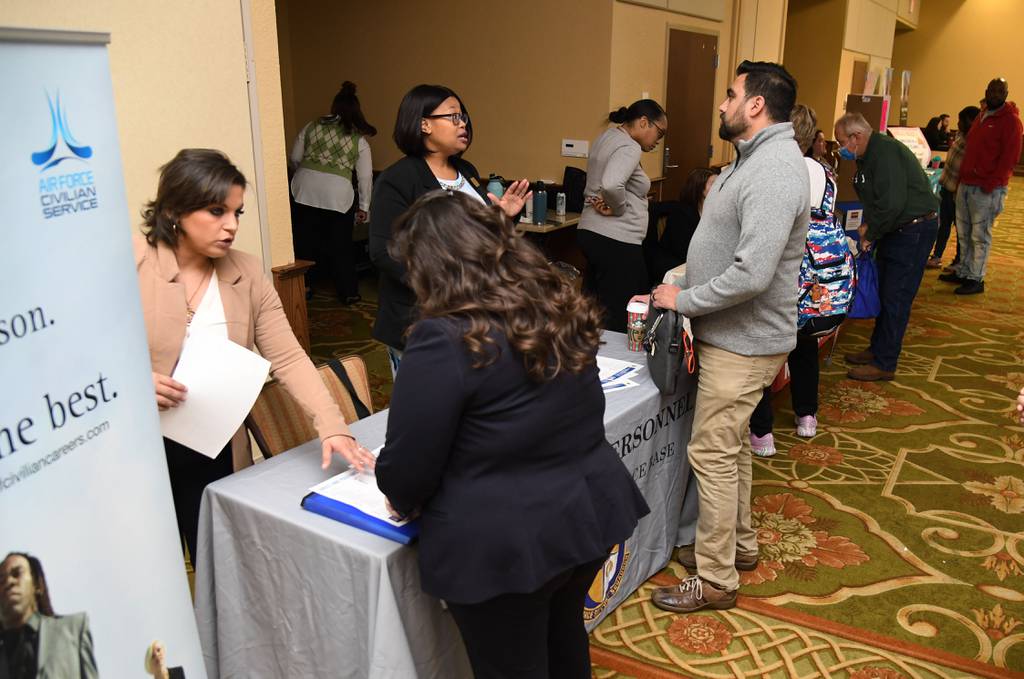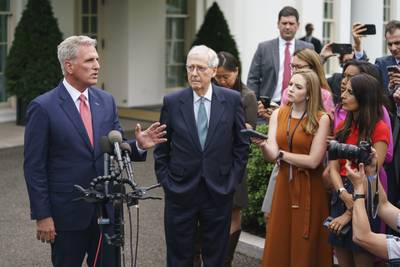(Editor’s note: This article was first published in HigherEdMilitary.)
In this day and age, it’s not uncommon to be ghosted by prospective employers and for higher ed job searches to take longer than a year. A higher education job search isn’t for the faint of heart, but staying positive can be difficult, especially when you’re left wondering if your application materials are standing in the way of your success. Is your resume or curriculum vitae even getting through the applicant tracking system and seen by a recruiter or human resources representative? Is your resume lacking something essential?
I recently spoke with Casey Kipple, talent acquisition business partner at Stanford University School of Medicine, who has over a decade of recruiting experience (seven of those specific to higher education). She shares her process for evaluating candidates and key areas to focus on when crafting your application materials.
1. Quantify your skills and achievements
It may sound obvious that your resume and cover letter should be detailed, but Kipple can’t stress this enough. “The devil is in the details,” she says. “A lot of the feedback I give candidates is ‘tell me how many employees were on the team you managed, how large was your company, how many events did you plan?’ It just gives us more information to go further in the evaluation process but also helps to mitigate any assumptions.”
This idea of quantifying your results and achievements isn’t a new one, but incorporating measurable results can be challenging depending on your role(s). Consider some of these numbers:
- Revenue or sales generated (were you responsible for $200,000 in product sales?)
- Budgets managed (did you manage a budget of $1,000? $10,000?)
- Percentage change (did you play a part in 5% enrollment growth or in reducing your department’s spending by 8%?)
- Workload (were you responsible for creating and sending 100 newsletters in a year or advising 400 students?)
“It’s always so helpful on the front end if there are some quantifying items just because of how competitive the market is,” Kipple says. “A candidate who has some more details on their resume may stand out more.”
However, it doesn’t mean the other candidate is less qualified. Kipple operates under the idea that she can always reach out for more detail, but not all recruiters and hiring managers share that spirit. So, don’t wait to be asked about the scope of your experience — quantify as much as you can on your resume and cover letter for the best chances of an interview invitation.
2. Be precise
“Another common issue I see [related to detail] is when candidates are not specific about their employment dates and just list years versus months,” Kipple mentions.
If you were at an institution for 20 years, this won’t make a huge difference. However, if you worked in a role from December 2021 to February 2022 (3 months), listing 2021 to 2022 on your resume could imply you’ve been there for a whole year, which is a big disparity. Whether intentional or not, misleading a prospective employer about your work experience is not a great way to start a relationship.
3. Ensure readability
It’s helpful to take a few minutes at the beginning of the application process to put yourself in the employer’s shoes. When it comes to identifying good resumes, Kipple says, “I know it seems really simple, but how easy is your resume to read, and how quickly can I figure out if you’re qualified for the position?”
So, how can you achieve this goal?
Kipple and her colleagues have seen an influx of resumes lately that are text-heavy and have unusual fonts. They caution that these resumes are particularly difficult to read. Instead, choose a plain font that you find easy to read and make your resume skimmable by using concise bullet points.
“A skills or qualifications section can also be helpful to include,” Kipple advises, “or a professional summary that highlights your total years of experience and areas of expertise, especially if it highlights specific skills that relate to the minimum qualifications and the responsibilities of the job. Employers will often use preferred or desired qualifications to help narrow the pool of applicants, so I always encourage candidates to see if they can highlight preferred qualifications from their experience on their resume or cover letter.”
4. Explain your position fit
You’ve probably heard some iteration of the claim that men apply for positions when they meet 60% of the qualifications whereas women only apply if they meet 100% of them. A Medium article speculates that the claim is more anecdotal and that the gap is actually much smaller. Their study found that men apply when they meet 52% of the qualifications and women apply when they meet 56% of them.
Regardless of which is accurate, these statements make it clear that candidates often apply to positions without actually meeting all the qualifications. It doesn’t hurt to throw your hat in for the job if you really feel it is a great fit, but remember that minimum qualifications are listed for a reason. Recruiters and hiring managers are first looking to make sure you meet those requirements. If you don’t meet them, it’s possible you won’t make it through the Applicant Tracking System (ATS), but not all colleges and universities set up automatic disqualifiers. Stanford School of Medicine, where Kipple works, does not. However, when asked for the top reasons for bypassing a resume, Kipple lists failure to meet the minimum qualifications, lack of clarity about whether the candidate meets them, or lack of related/transferable experience. So, if your candidacy relies on equivalent experience (vs. meeting minimum qualifications), be sure to address this upfront in your resume or cover letter to give you the best chance for consideration.
Remember
Finding a job takes time, but you can improve your chances by putting yourself in employers’ shoes, writing a detailed resume or CV that is easy to read, and demonstrating measurable results. Beyond that, Kipple advises candidates to be thoughtful and intentional with their search and to avoid rage applying and resume-bombing.
“It’s hard, right?,” she admits. “If you’ve had a bad day at your job and you think, ‘I’m going to go and apply to all these jobs,’ but I think especially when you’re looking for a new job, it’s a little bit of soul searching too. It’s a competitive market, and I’m very empathetic to candidates in it, but the right opportunities are out there. Don’t get discouraged. If you’re trying to find that path on your career journey, find an institution that aligns with your values and your mission, because that’s going to bring you more joy every day.”
Disclaimer: HigherEdJobs encourages free discourse and expression of issues while striving for accurate presentation to our audience. A guest opinion serves as an avenue to address and explore important topics, for authors to impart their expertise to our higher education audience and to challenge readers to consider points of view that could be outside of their comfort zone. The viewpoints, beliefs, or opinions expressed in the above piece are those of the author(s) and don’t imply endorsement by HigherEdJobs.





